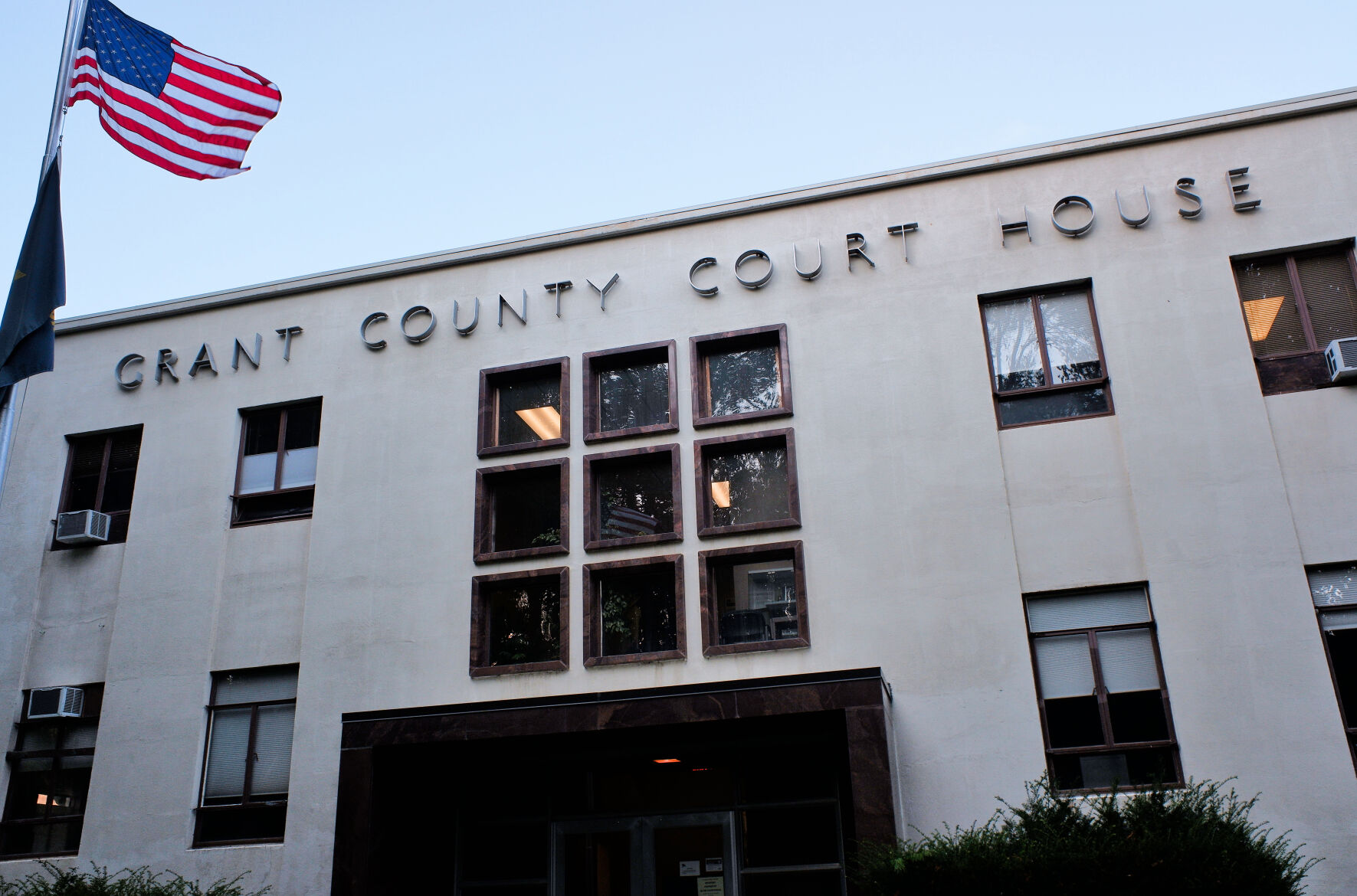Shooting the Breeze: Wistful wildcats
Published 12:00 pm Tuesday, June 11, 2019
A wildcat is a cartridge idea that never got popular enough to become standardized. They exist purely because of the diligent efforts of handloaders. Typically these are an alteration made in size, configuration or capacity of an existing standard cartridge. To say standard choices abound would be an understatement. One could say we literally have too many good choices these days. So why go through the effort required of a wildcat? Wildcatting made a lot of sense back when there wasn’t such a plethora of factory offerings. It is mostly the wildcats we have to thank for that vast selection of contemporary standard loads. Had their makers not been brave enough to try something new or push the limits, we wouldn’t have the .22-250 Remington, .257 Roberts, .280 Ackley Improved or .300 Weatherby Magnum, just to name a few examples.
Not all wildcats became trendsetting, overnight sensations, however, and it is these I wish to focus on today. I call them “wistful” as they offer little in performance over factory offerings for the effort required to produce them. Not all wildcats are vain fantasy of course. In the 1950s, American hunters were just getting into a “magnum craze” wherein all participants were creating cartridges with minute differences at a space race pace. Of course theirs was better than everyone else’s. Roy Weatherby and P.O. Ackley aforementioned, though more recent are Kenny Jarrett, J.D. Jones and Richard Sherman.
The main drawbacks with wildcats in general are that they’re expensive and time consuming. The rifles can be cheap enough to buy secondhand, but to have one made up is going to set you back some coin. One problem with used rifles in wildcat chamberings is that wildcats don’t follow any standardized dimensions so yours could be literally the only one of its kind. If you want to shoot it, you’ll need custom dies. To get the custom dies built to proper dimensions, a gunsmith will have to make a chamber cast.
And then there is the issue of brass. You won’t be able to buy brass off of the shelf ready to use. For some, a simple fireforming of an existing case will suffice. For others you need trim and form dies, which by a series of steps extensively modify an existing factory case with similar dimensions until it is formed into correct brass for your wildcat. After all that, you’ll still have to fireform the brass to fit your chamber and anneal it to make it last longer. Each individual case might require up to an hour of prep. For exceptionally wistful wildcats, one might even have to acquire a lead casting kit and bullet molds to cast their own bullets to a non-standard size. All this for anything between a minimal to substantial edge in performance.
For many folks, the extra trouble is worth it. I know many shooters who prefer a wildcat to anything factory. If you don’t mind the extra work and costs related, a wildcat is a surefire way to guarantee having a one-of-a-kind rifle. My own first wildcat rifle was a .257 Norma Weatherby Magnum — more about that later.
Do you have a one-of-a-kind rifle in a wildcat caliber? Write us and tell all about it at shootingthebreezebme@gmail.com!






